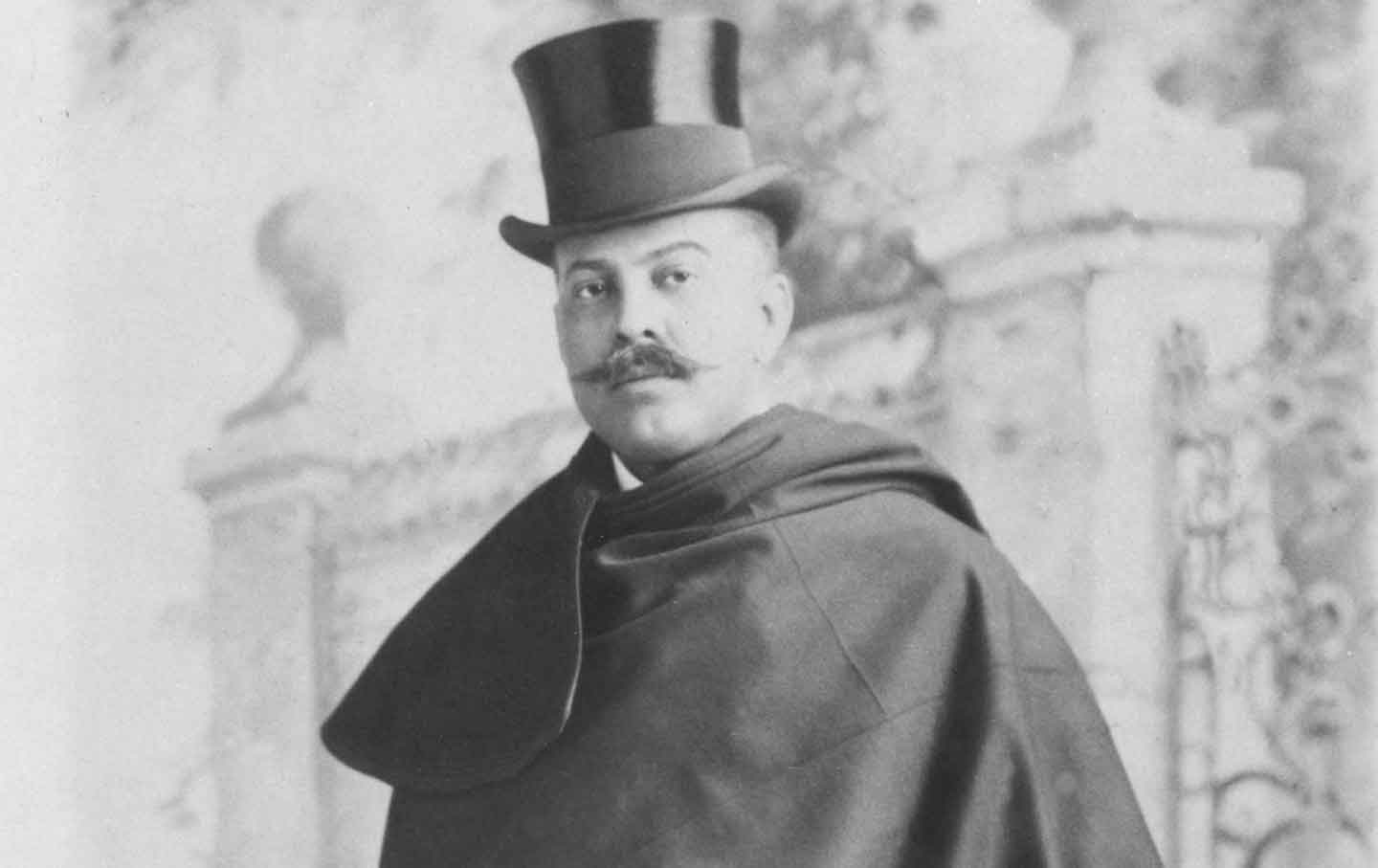Calidad, Genealogy, and Disputed Free-colored Tributary Status in New Spain
The Americas
Volume 73, Number 2, April 2016
pages 139-170
Norah Andrews, Assistant Professor of World History
Georgian Court University, Lakewood, New Jersey
In 1787, a group of Indians from the town of Almoloya, part of Apan in the Intendancy of Mexico, aired their grievances against several prominent local leaders. The petitioners claimed that their predominantly Indian community was plagued by a group of free-colored people who were masquerading as Indian nobles, or caciques, and enjoying privileges to which only those with noble lineage were entitled. One of these was exemption from the economically onerous and socially stigmatized royal tribute that had symbolized the relationship between the Spanish monarch and free-colored subjects since the sixteenth century.
To prove that the suspected were indeed tributaries, those lodging the complaint turned to lineage. They named more than a dozen people who lived as caciques, adding that those same individuals were “mixed with blacks and mulatos and should be registered and pay tribute with those of that class.” Despite their attempts to fashion themselves into caciques, the accused families had not erased from communal memory the occupations, castes, and places of origin of various ancestors, all of which could determine reputation, or calidad. Members of the Sánchez family, the petition claimed, were “grandchildren of a negro shoemaker called Martín.” The Granillos were “descendants of Juan Granillo, married to a known mulata servant.” The list of possible free-coloreds was exhaustive.
These “notorious mulatos” had gained exemptions awarded by the Spanish monarchy to Tlaxcalans who had served in Spanish conquests more than two and a half centuries before. Throughout the colonial period, descendants of Tlaxcalans could claim exemption from the tribute and other taxes, as well as land rights and a legal status distinct from those of free-coloreds and other Indians. This concern with the mixture of Indian and African blood resonated where Tlaxcalan, Nahua, or other Indian groups enjoyed place- and genealogy-specific tribute privileges. Apan bordered Tlaxcala, making the presence of Tlaxcalans in Almoloya entirely feasible. But to preserve such a status, the complainants reasoned, the Tlaxcalans should have pursued marital unions that preserved a lineage “without degeneration from the class of Indians or mestizos de españoles,” a caste category specifying a Spanish father and an Indian mother. How, wondered the Almoloya petitioners, could people with a publicly reputed line of free-colored ancestors possibly prove a Tlaxcalan genealogy?
The “pure Indians” of Almoloya, as they called themselves in their initial petition and subsequent documents, relied on genealogy to stake their claims. The petitioners upheld proof of ancestry as a prerequisite for exercising privileges, a legal argument favored by Indian elites at the time. The use of the term “degeneración” in the petition drew on an older rhetoric of purity as well as hereditary concepts that would become popular in the nineteenth century. The repeated references to the “mixed nature” and “inferior calidad” of these individuals undermined their authority as caciques. Indeed, cacique status was predicated on publicly regarded and written genealogies. These ideas rested on the genealogical concept of limpieza de sangre, or blood purity, which had risen to prominence as a form of communal memory following mass conversions of Jews in medieval Iberia. In New Spain, limpieza de sangre would evolve to equate genealogical impurity with the presence of African ancestry as well. Pitting the idea of an inferior, mixed, and mulato calidad against Indian purity, the petitioners used the language of genealogy to upend local hierarchies.
The case of Almoloya shows the prominent place genealogy took in disputes involving local privileges, rivalries, and migration from the 1780s to the 1800s. Ordinary people who engaged in those disputes were well aware of it. In Almoloya’s surrounding jurisdiction, between 1781 and 1788 the number of mulato tributaries nearly doubled, while the number of Indian tributaries dropped by 10 percent. On a register made at the end of the year 1800, no caciques were listed at all, though 407 Indians and 21 mulatos were registered as reserved from payment. The Almoloya caciques failed to prove their genealogy and thus became (or had always been, in…




